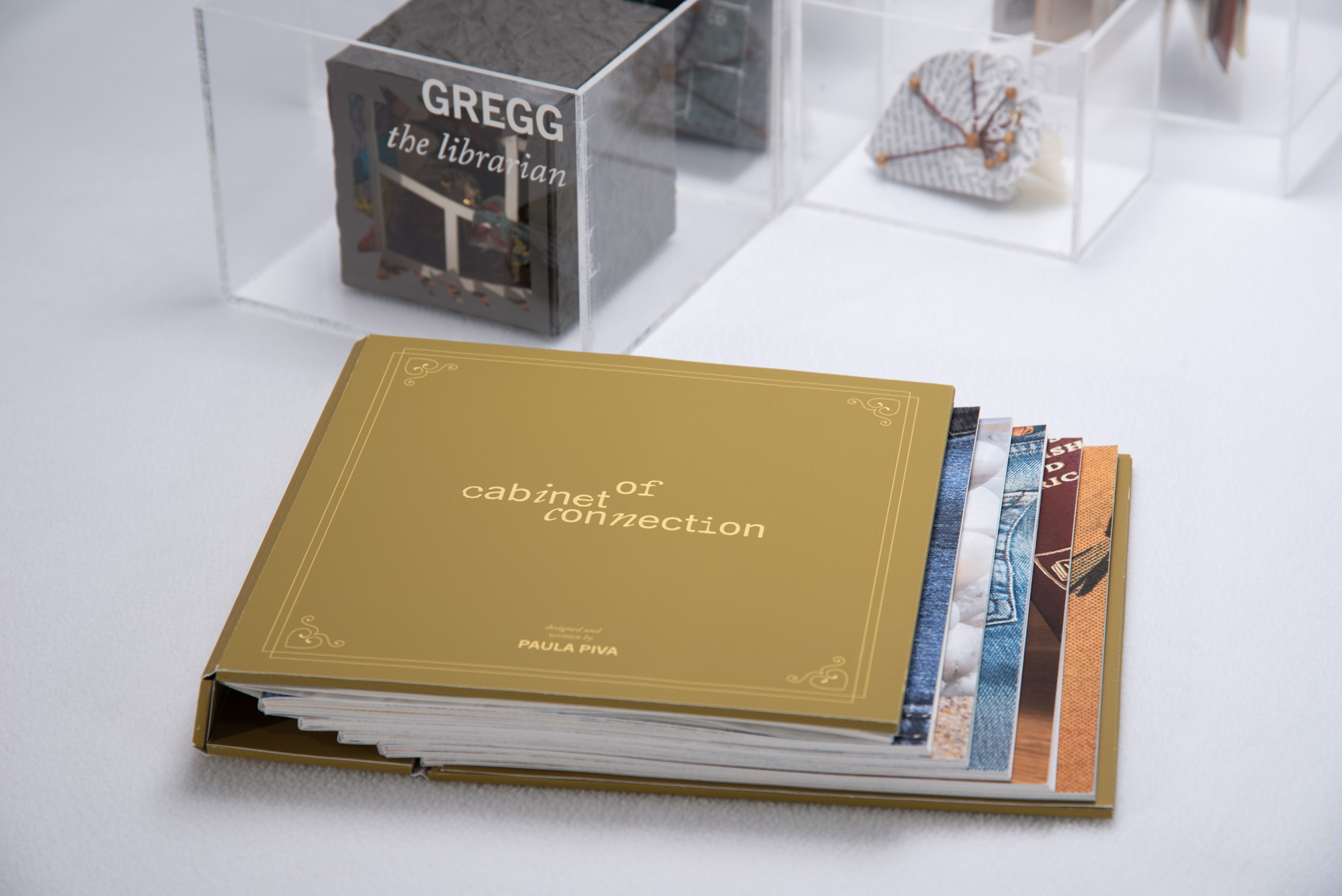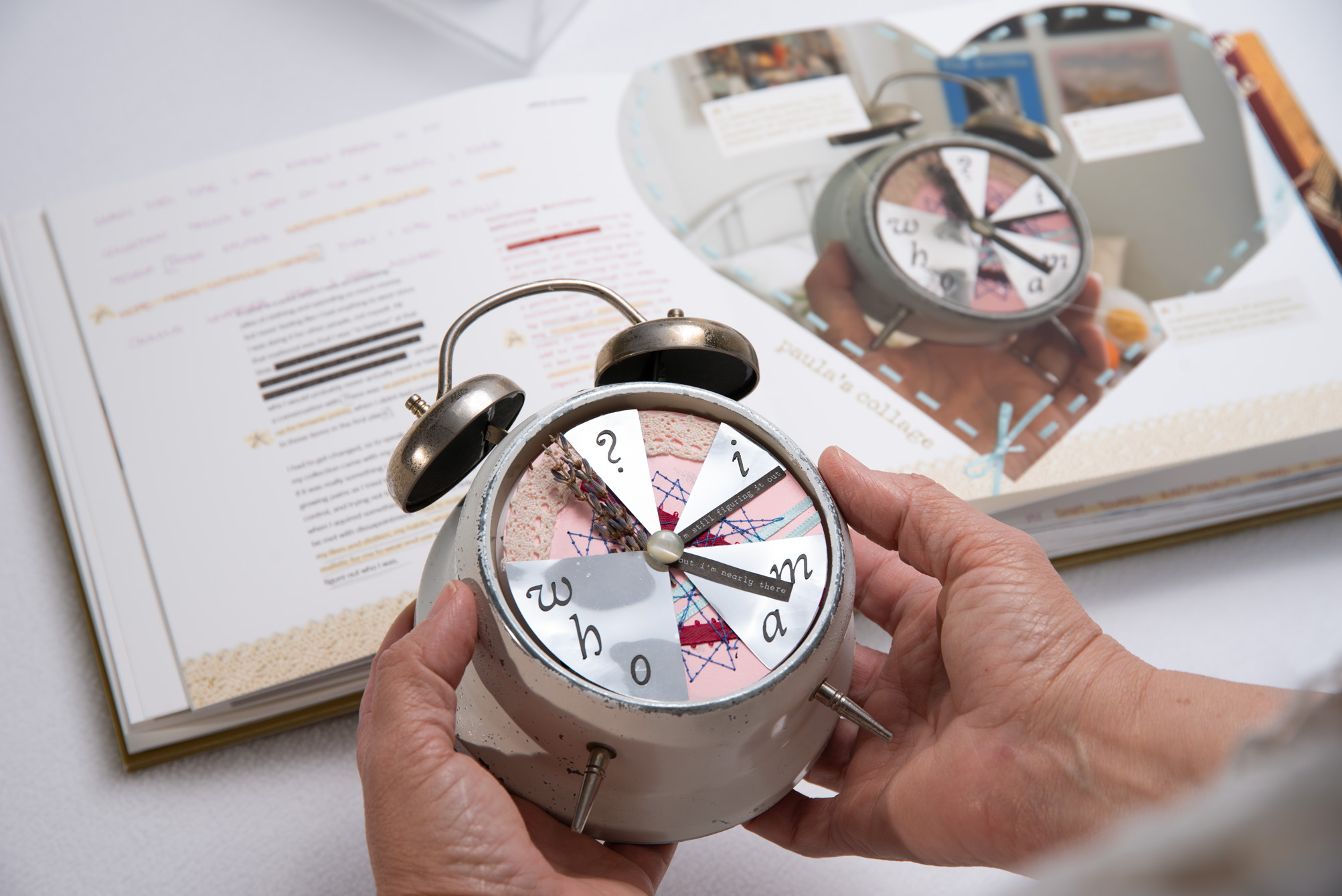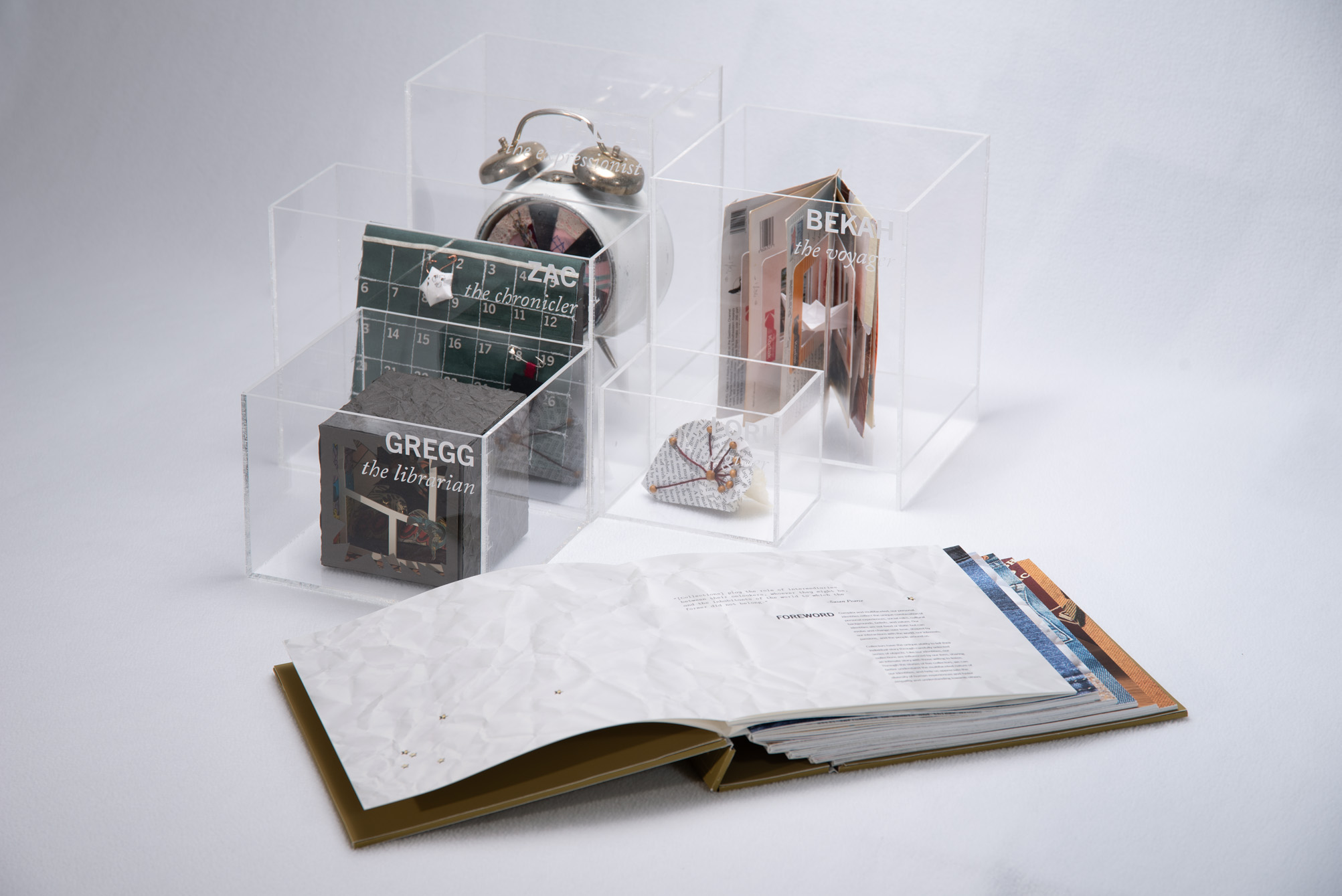A way for people to understand the intimate and personal nature of the collector/collection relationship through the stories of five collectors.
Abstract
Collection of artifacts and objects has existed for centuries, evolving and changing over time to reflect the character, wants, and aspirations of the collector. The sheer range of objects collected, the motivations behind the act, and the personal experience of the collector makes the attempt to create an encompassing definition of the act of collecting nearly impossible, despite numerous attempts. Treating its definition moreso as a list of common characteristics supports the heterogeneity found within the topic. The intrinsic “collector-salient identity” found in each collector helps to provide a unifying element to the act of collecting (Spaid, 2018).
The unique experiences and motivations of collecting lend themselves to the discussion of the identity of the collector and its role in the activity.The notion of the “collector-salient identity” is the intrinsic desire to collect. This identity is often engaged in a cycle where the person is drawn to participate in collecting behaviors and motivations, and by doing so it in turn strengthens the identity and self image of the collector. While this phenomena is apparent in most if not all collectors, the individual expressions of their collections can be attributed to the rest of the collector’s identities, personalities, principles, and values as a whole. This may have implications for the objects and methods by which the collector chooses to engage within the act. In amassing objects, ideas, and experiences that are imbued with significance, a person can create a physical embodiment of themselves, knowingly or not. This offers collectors and non-collectors alike the opportunity to connect with one another on a deeper level that never would have been possible without the displaying and sharing of collected objects.
Through research and conducting interviews, I intend to tell the story of the collector and collecting. I will attempt to uncover how the spectrum of a person’s identities have an effect on the objects or items they collect, and how a person’s collection is able to tell their personal story. In discovering the intimate relationship the collector has with their collections, we can foster human connection and develop our understanding of this activity through the visualization of the collector’s motivations.
The unique experiences and motivations of collecting lend themselves to the discussion of the identity of the collector and its role in the activity.The notion of the “collector-salient identity” is the intrinsic desire to collect. This identity is often engaged in a cycle where the person is drawn to participate in collecting behaviors and motivations, and by doing so it in turn strengthens the identity and self image of the collector. While this phenomena is apparent in most if not all collectors, the individual expressions of their collections can be attributed to the rest of the collector’s identities, personalities, principles, and values as a whole. This may have implications for the objects and methods by which the collector chooses to engage within the act. In amassing objects, ideas, and experiences that are imbued with significance, a person can create a physical embodiment of themselves, knowingly or not. This offers collectors and non-collectors alike the opportunity to connect with one another on a deeper level that never would have been possible without the displaying and sharing of collected objects.
Through research and conducting interviews, I intend to tell the story of the collector and collecting. I will attempt to uncover how the spectrum of a person’s identities have an effect on the objects or items they collect, and how a person’s collection is able to tell their personal story. In discovering the intimate relationship the collector has with their collections, we can foster human connection and develop our understanding of this activity through the visualization of the collector’s motivations.
Thesis Statement
Visualizing the intersectional relationship between the collector and their collection allows for intimate stories to be told, and offers a space for human connection for those willing to listen.
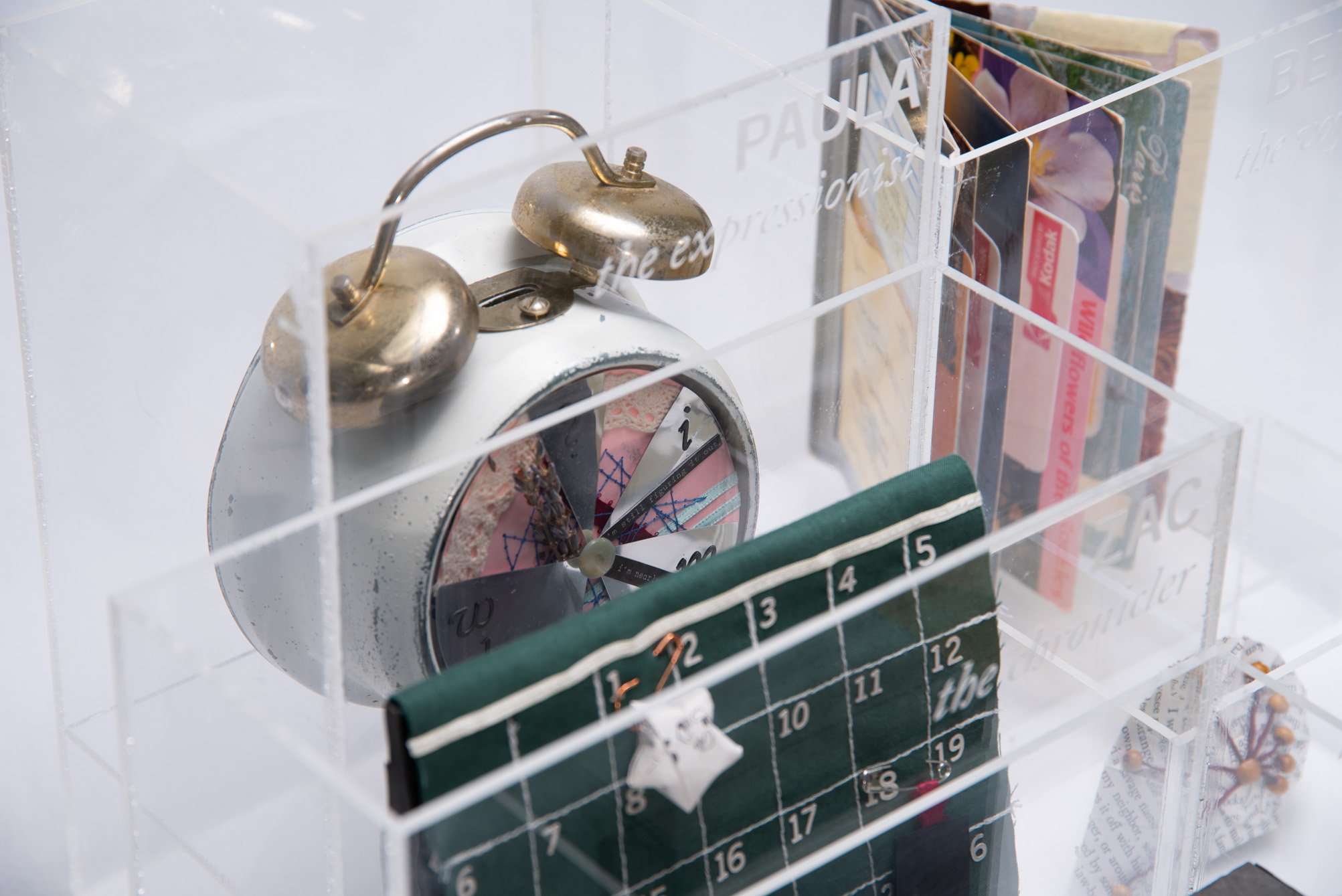
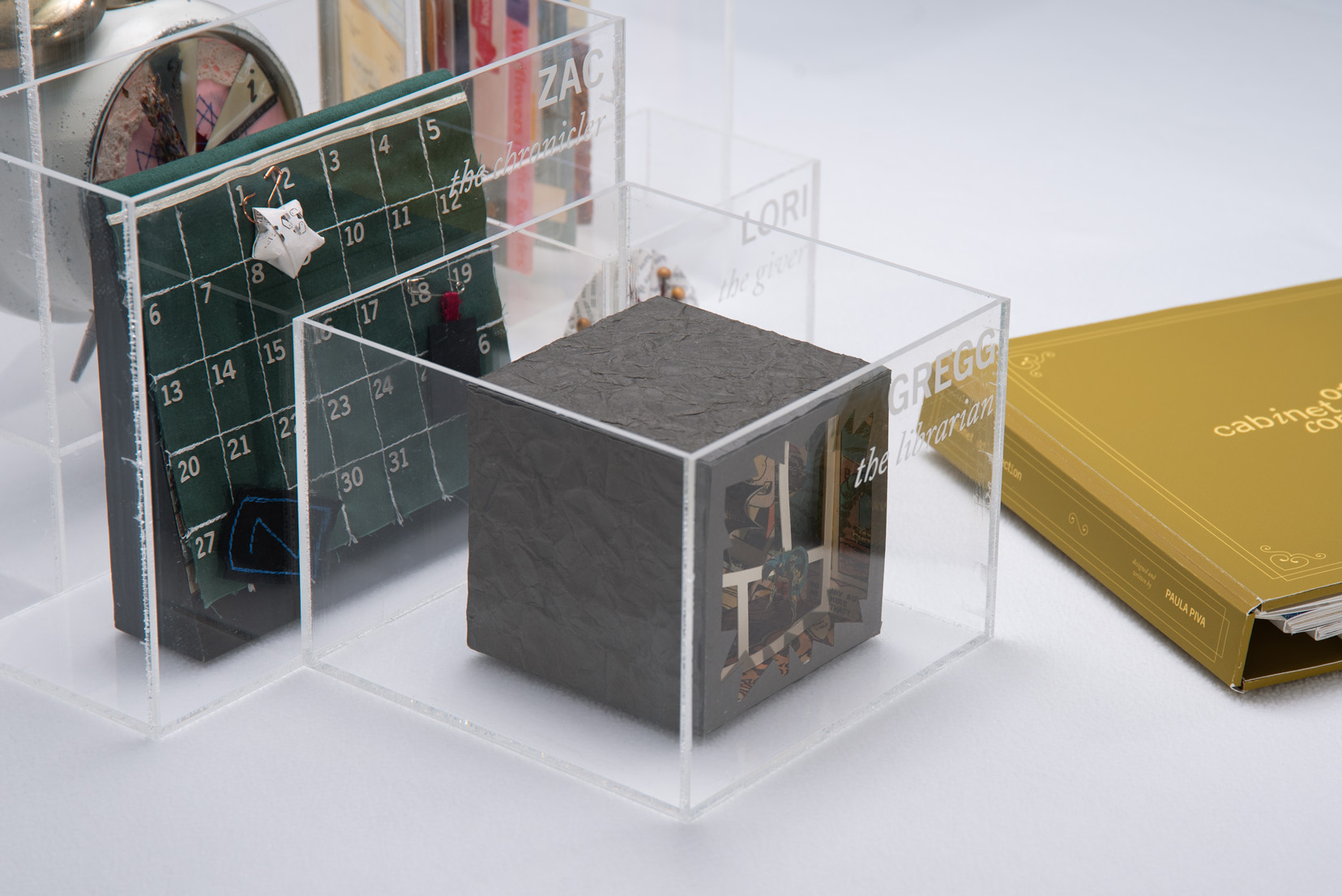
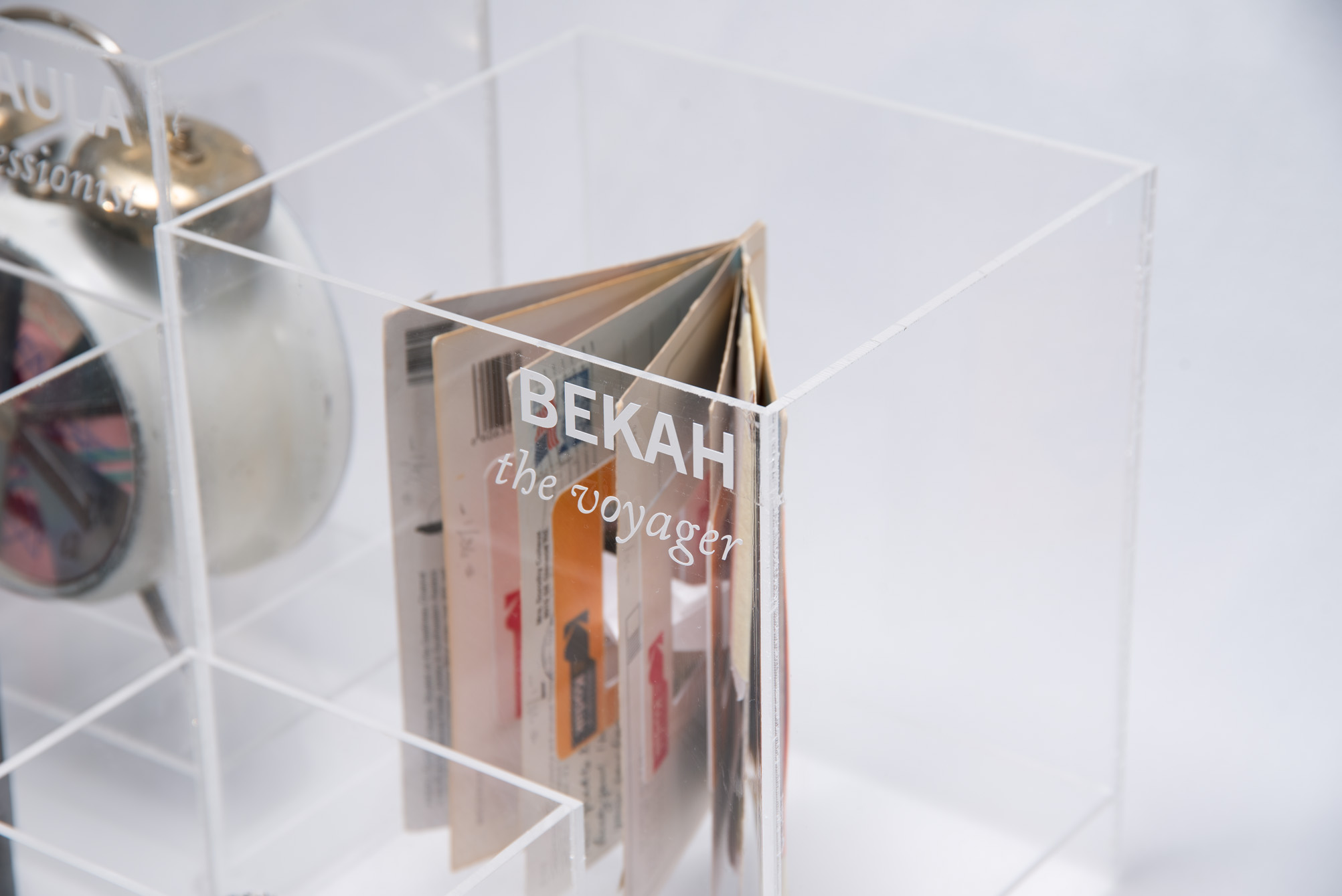
Research Questions
-
How does someone’s identity as a collector relate to their other identities as a person? How does it manifest in their collection?
-
What value lies in uncovering the intimate nature behind someone’s collection?
-
How can motivations be visualized to aid in our understanding of the collector and collecting?
Outcome
The purpose of Cabinet of Connection is to provide a window into the world of collecting, and to highlight how personal and intimate each collector's journey and experience is. Through reading the stories of five collectors, one can better understand the multifaceted nature of the world of collecting, and help one to appreciate the diversity of human experiences, fostering empathy and understanding towards others.
Advisors
Connie Hwang–Primary Advisor
SJSU Professor, Graphic Designer
SJSU Professor, Graphic Designer
Randall Sexton–Secondary Advisor
SJSU Professor, Graphic Design
SJSU Professor, Graphic Design
Sean Owen Miller–Tertiary Advisor
University of Florida Professor, Artist, Curator & Collector
University of Florida Professor, Artist, Curator & Collector
Process Book


